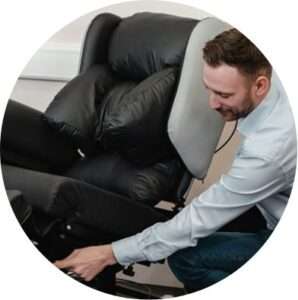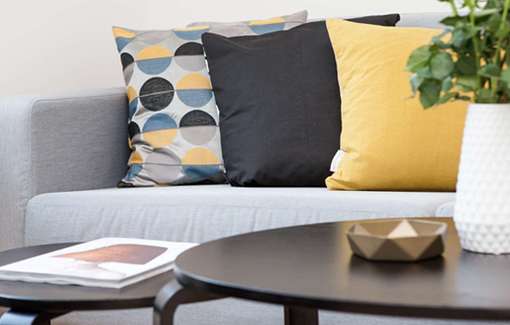Lumbar support is needed to support the natural ‘S-shape’ curve of the back and maintain the natural inward curve in the lumbar region. Most car seats and office chairs will have inbuilt lumbar support, reducing strain on the back and encouraging good posture.
In this article we look at why lumbar support is needed in seating, and the different types of lumbar support available with specialist seating.
Jump straight to…
What is Lumbar Support?
To understand lumbar support, it helps to first understand the structure of the spine. The human spine is divided into several sections: cervical (neck), thoracic (mid-back), lumbar (lower back), sacral, and coccygeal. The lumbar spine comprises the five vertebrae (L1 to L5) in the lower back, and is located just above the pelvis. It curves gently inward, forming part of the spine’s natural ‘S-shape’ alignment.
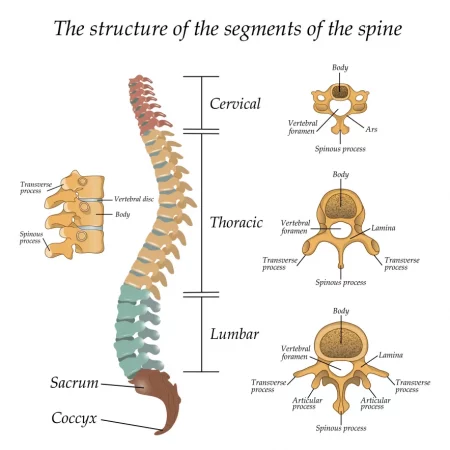
Lumbar support refers to any cushioning or device designed to help maintain the natural curve of the lower back while sitting or lying down. This type of support is crucial in helping the spine stay aligned and avoiding undue stress on the muscles, ligaments, and discs in the lower back.
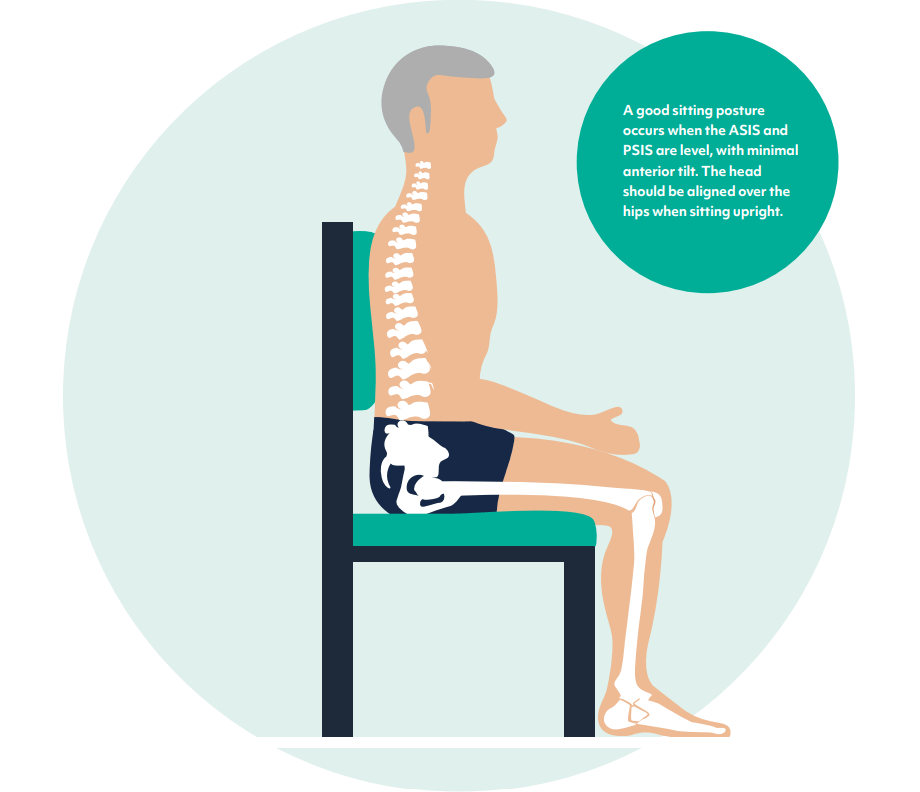
Many office chairs, car seats, and recliner chairs are designed with inbuilt lumbar support. External aids like lumbar pillows or back cushions can be used to achieve this where lumbar support is not present.
Having Problems with Back Pain?
Why is Lumbar Support Important?
1. Promotes Proper Spinal Alignment
The natural inward curve of the lumbar spine, known as lordosis, is essential for distributing mechanical stress and strain on the back. Without adequate lumbar support, this curve can become exaggerated or flattened, leading to muscular imbalances and chronic discomfort.
When we sit for long periods without support, the lower spine tends to slump outward, forcing the upper back to overcompensate and the neck to crane forward. This leads to a hunched posture, which is not only uncomfortable but can result in long-term health problems.
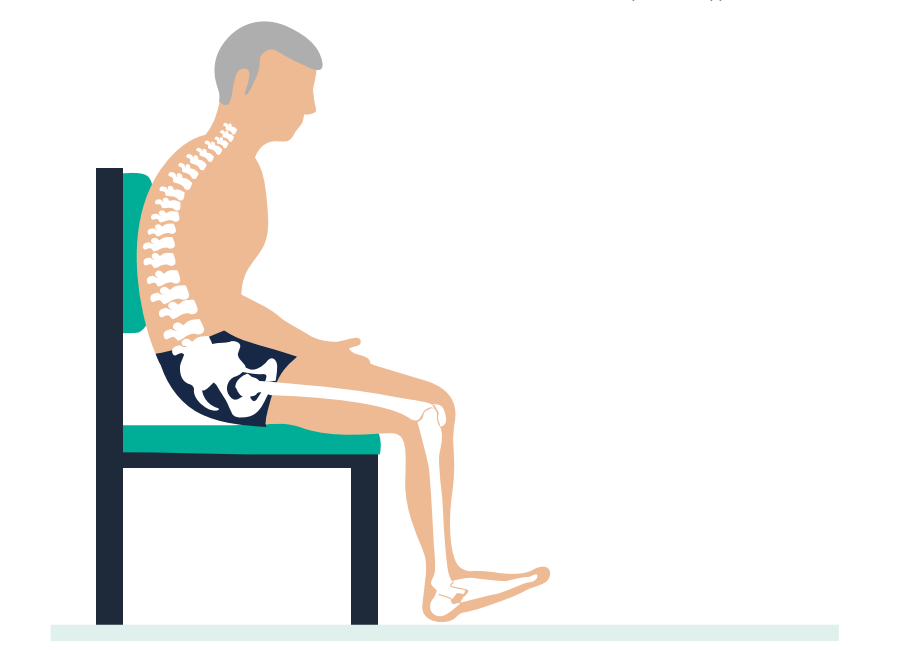
Hunched sitting posture
2. Reduces Strain on the Lower Back
When lumbar support is correctly provided, it helps reduce the workload on the muscles and ligaments of the lower back. This minimises fatigue, especially during tasks that require prolonged sitting, like office work, driving, or watching TV.
Over time, lack of support can contribute to lower back pain, one of the most common musculoskeletal complaints worldwide. It can also increase the risk of developing chronic conditions like sciatica or herniated discs.

3. Improves Posture and Comfort
A chair or seat with good lumbar support encourages proper posture. Sitting upright with the spine in alignment helps maintain muscle balance, ensures good circulation, and even improves breathing. For people who work at a desk or use a wheelchair or care chair, this level of comfort and alignment is crucial for both physical health and productivity.
4. Alleviates Symptoms of Spinal Conditions
Individuals with spinal disorders such as lumbar lordosis (exaggerated inward curve of the lumbar spine) or scoliosis (sideways curvature of the spine) often require customised lumbar support to reduce discomfort and avoid further misalignment.
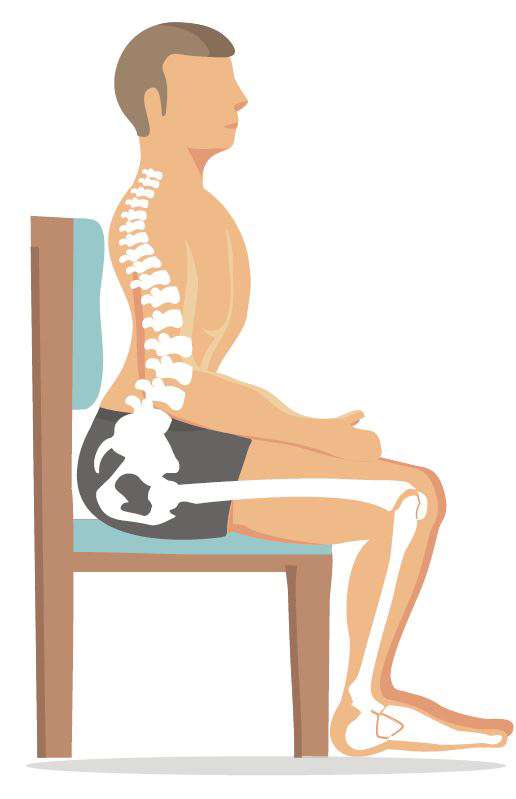
Lumbar Lordosis
For people with lumbar lordosis, the exaggerated inward curve of the lower back can create too large a gap between the spine and the backrest. Filling this gap with a supportive cushion helps maintain proper spinal alignment and reduces stress on the muscles. For those with scoliosis, adjustable lumbar support helps keep the spine better aligned, reducing the risk of pressure points or asymmetric posture that can exacerbate the condition.
Book a Seating Assessment
How to Choose the Right Lumbar Support
Choosing the right lumbar support depends on your body type, spinal health, and how much time you spend sitting each day. Here are a few key things to consider:
1. Understand Your Spine’s Needs
If you have a known condition like scoliosis, kyphosis, or lordosis, it’s best to consult a physiotherapist or occupational therapist. They can assess your spinal alignment and recommend the appropriate level of support.
For example, with lordosis, the exaggerated inward curve requires support to fill the gap between the spine and the chair. But be careful, because too much cushioning at the base of the backrest can throw off pelvic alignment, which might make it worse.
2. Look for Adjustable Features
Chairs with adjustable lumbar support are ideal because they allow you to tailor the position and firmness to your body. You can often adjust the height, depth, and tension to find a setting that feels most natural and supportive.
3. Ergonomic Design Features: Waterfall Backrests
A waterfall backrest features a series of cushions stacked vertically, often seen in therapeutic seating. These cushions can be individually adjusted to support different areas of the spine, including the lumbar region. When adjusted correctly, this design can significantly improve comfort and spinal alignment.
Chairs in our Range with Lumbar Support
Lento Range
The waterfall backrest is available in our Lento seating range. The individual waterfall cushions can be moved up and down using the Velcro/magnetic attachments, and the zipped sections can be opened to adjust the level of wadding in the cushion to suit, and provide greater levels of lumbar support.
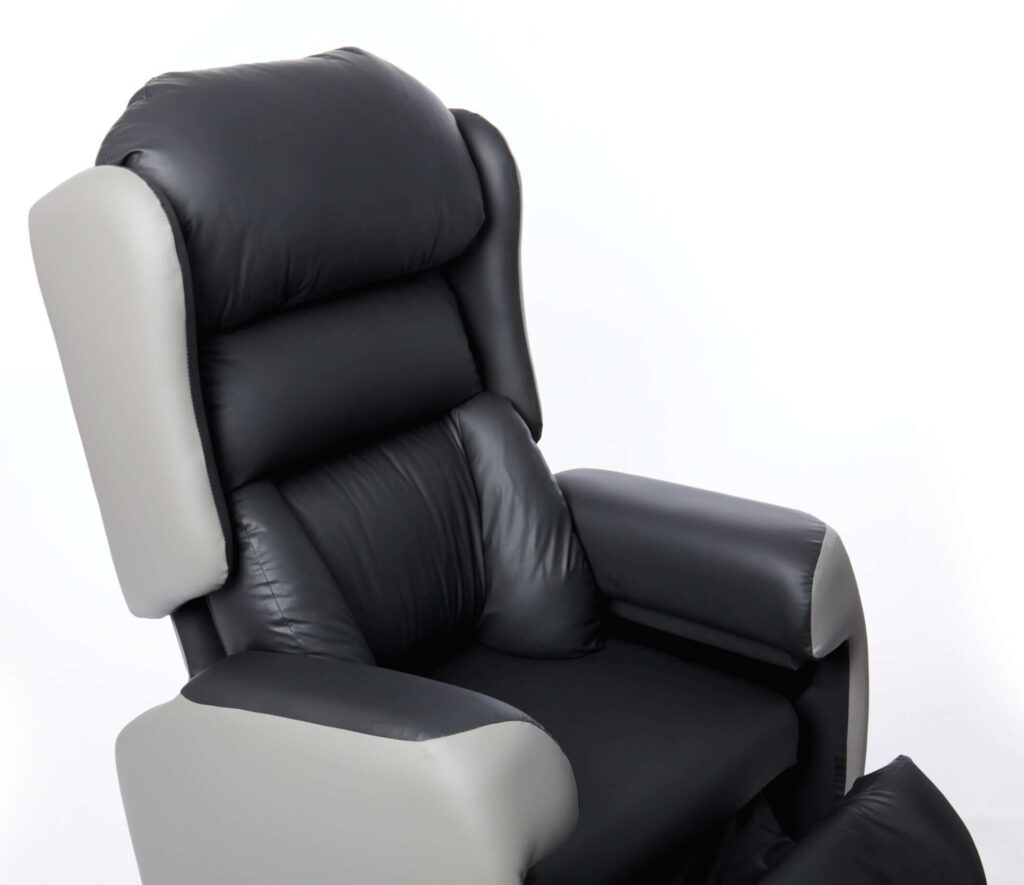
Waterfall lateral backrest – Lento Care Chair
However, it’s important not to overload the lower cushion with padding. Excessive lumbar support may push the pelvis forward and disrupt a neutral alignment, so a balance is essential.
HiBack Chair
Our own high backed chair, developed from first principles to make standard ward seating more comfortable, has an inbuilt lumbar support section which can be adjusted in firmness to suit the user.
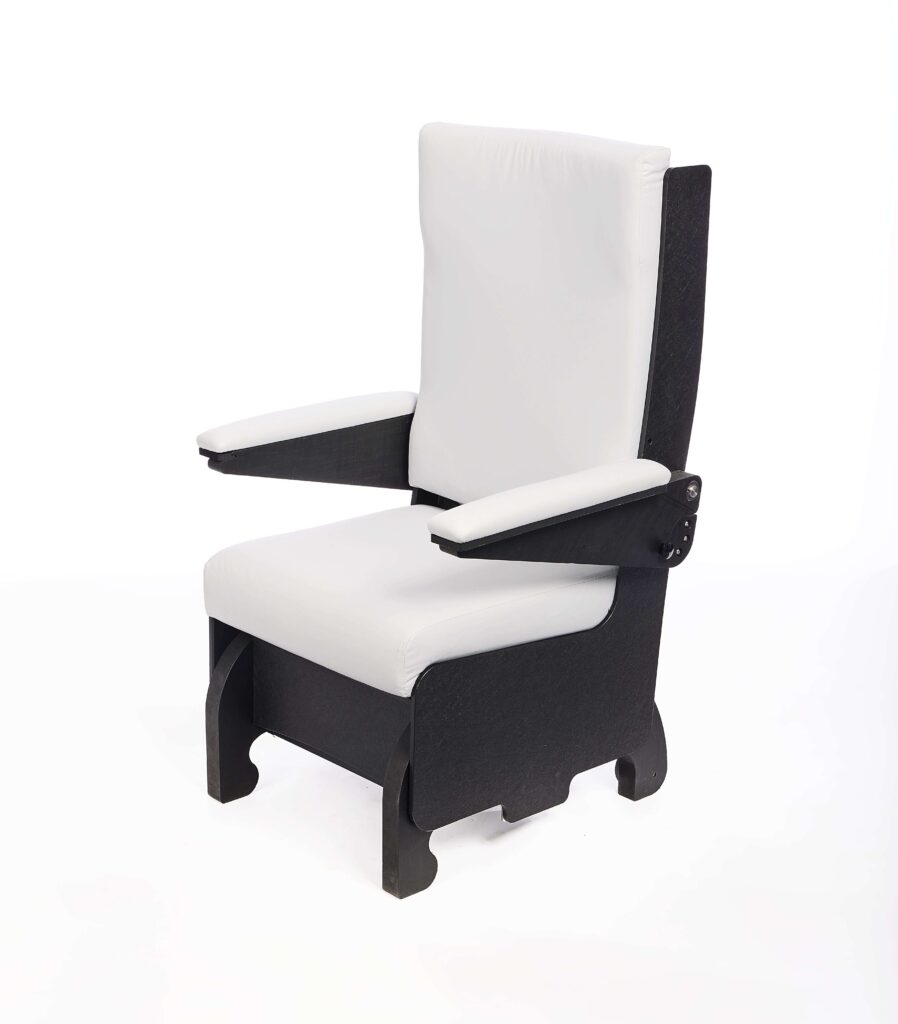
Conclusion
Lumbar support is far more than just a comfort feature, it promotes proper posture, reduces muscle strain, and is great for long-term spine health and alignment.
Whether through built-in chair features, adjustable backrests, or standalone cushions, effective lumbar support is a simple yet powerful way to improve daily comfort and protect your long-term spinal health.
When choosing lumbar support, be sure to consider your individual posture needs, any spinal conditions you may have, and the environment in which you’ll be using it.
Speak to a Seating Advisor
FAQs
Q: What does lumbar support do?
A: Lumbar support maintains the natural inward curve of your lower spine, helping reduce muscle strain, prevent slouching, and keep the spine properly aligned during sitting or reclining.
Q: Why is lumbar support important?
A: It helps prevent back pain, improves posture, reduces pressure on spinal discs, and supports overall spinal health, especially during prolonged sitting.
Q: Do I need lumbar support even if I have no back pain?
A: Yes. Even if you’re not experiencing discomfort, proper lumbar support helps maintain healthy spinal alignment and can prevent future back problems caused by poor posture or prolonged sitting.
Q: How high should lumbar support be positioned?
A: Lumbar support should sit at the small of your back, roughly in line with your belly button. This ensures it supports the natural inward curve of the lower spine.
Q: Can too much lumbar support be harmful?
A: Yes. Overly firm or excessive support can push the pelvis forward, disrupting alignment and causing discomfort. Aim for a balance that supports but doesn’t overextend your spine.
Q: Is a lumbar pillow as good as built-in lumbar support?
A: It depends on the quality and fit. A well-designed lumbar pillow can be just as effective as built-in support, especially if it’s adjustable and placed correctly.



